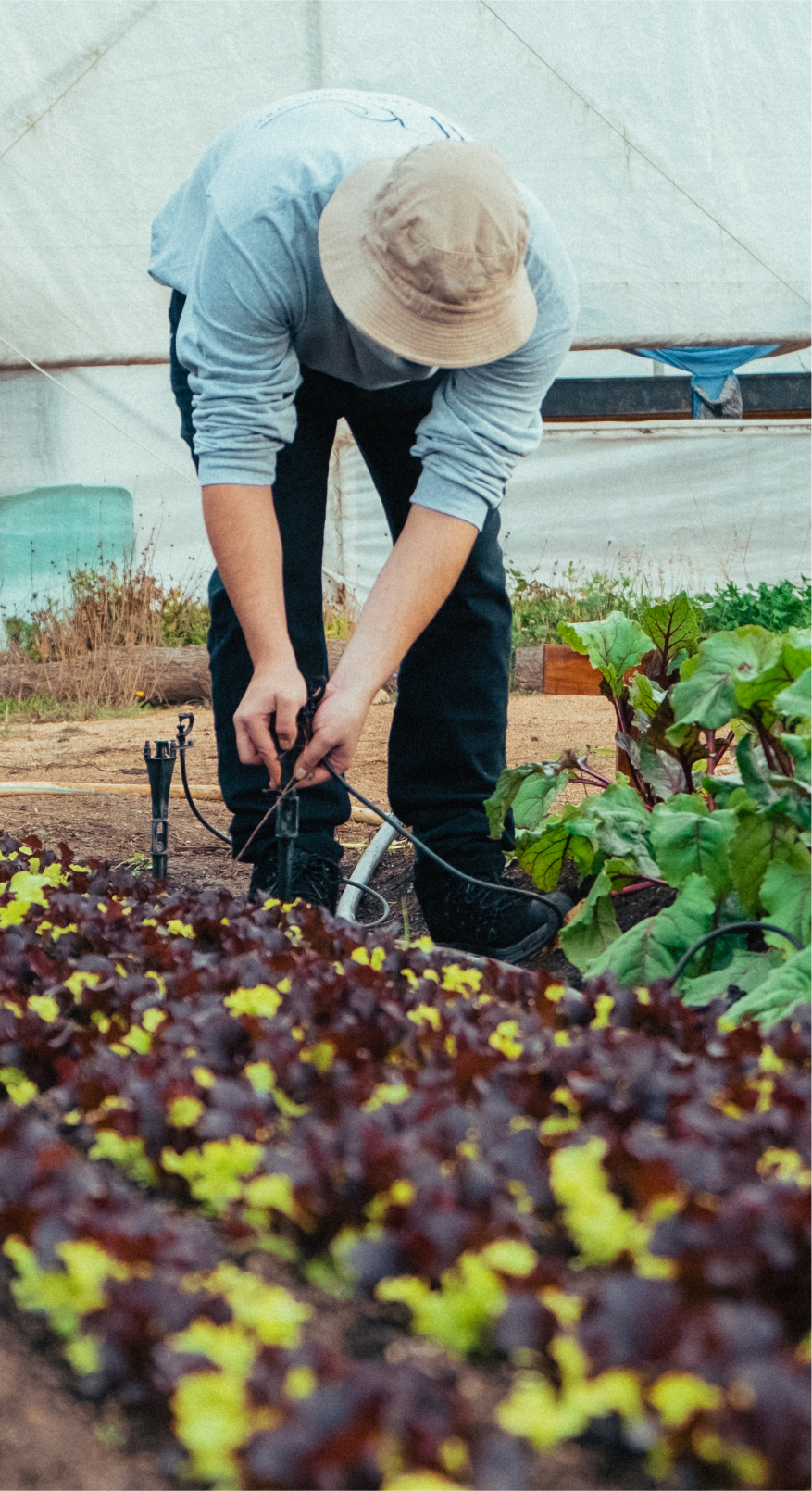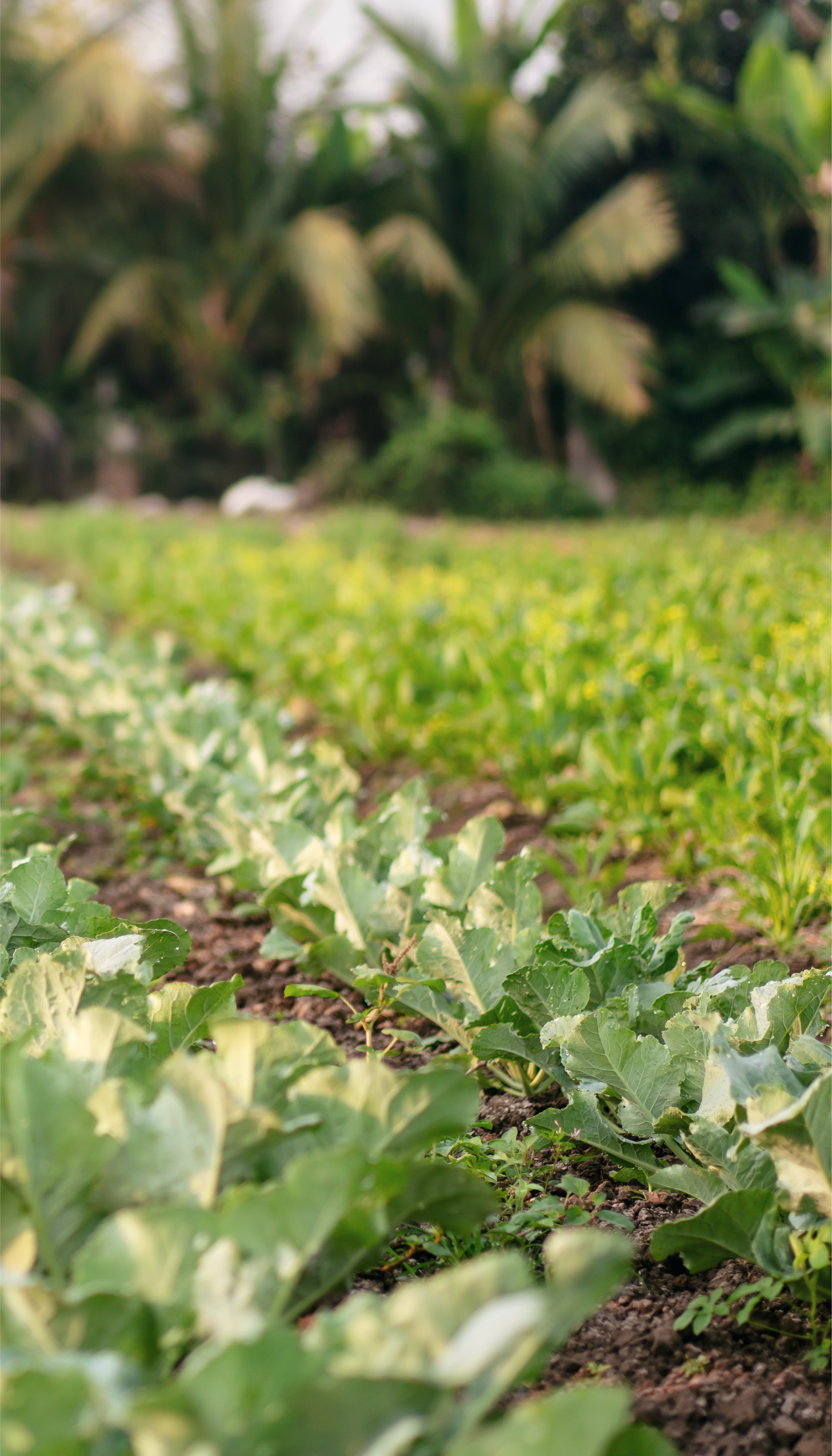CULTIVATING CHANGE
A Collaborative Philanthropic Initiative to Accelerate and Scale Agroecology and Regenerative Approaches

The transition to regenerative and agroecological food and farming systems can help us address some of the biggest challenges of our time, offering enormous possibilities for improving lives, protecting biodiversity, and stabilizing our climate.
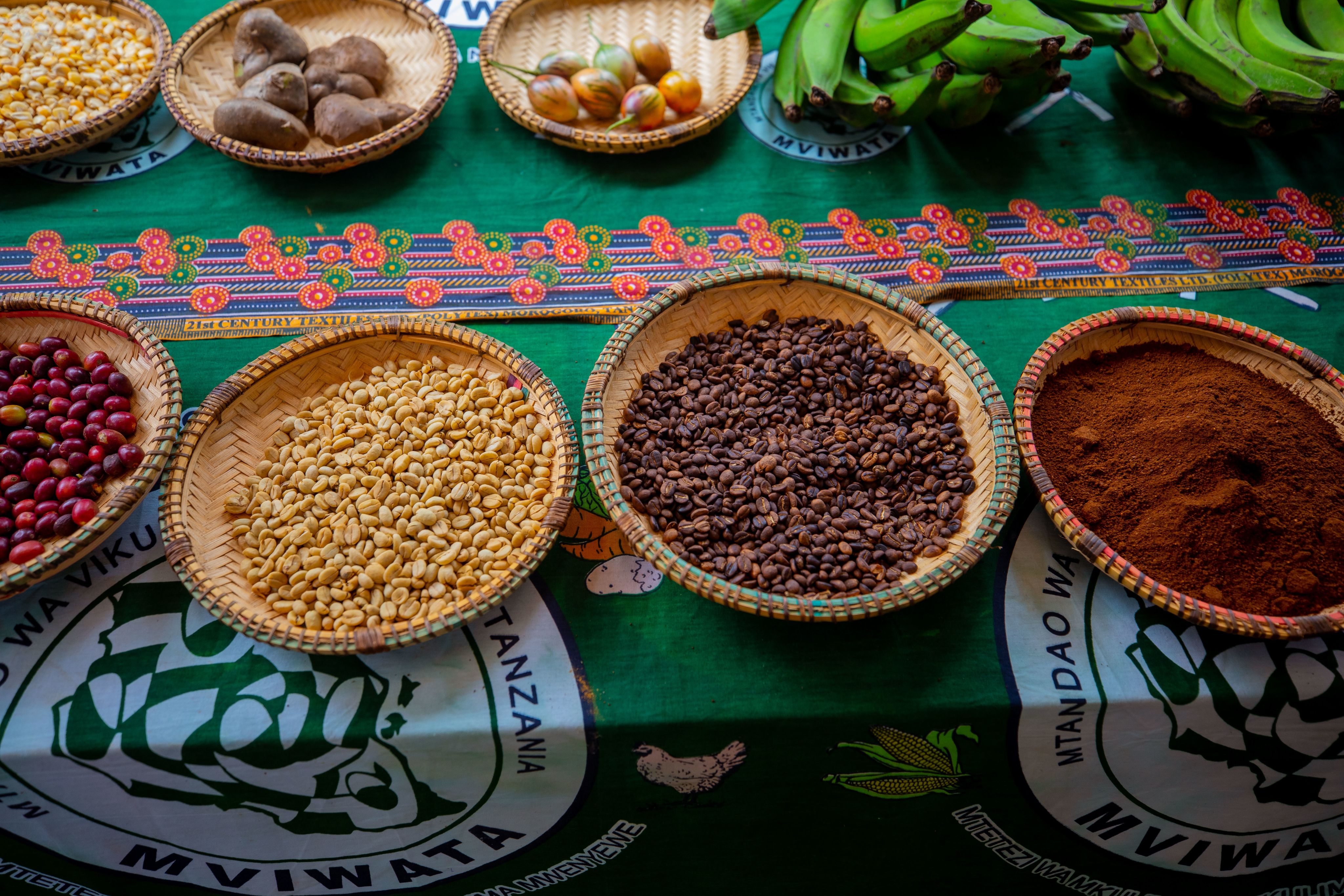
Evidence from around the world has shown that agroecological transitions result in a cascade of positive results, from stable yields, crop resilience, and higher incomes for farmers, fishers, and food producers to improved nutrition, food security and sovereignty, and enhanced biodiversity.
Despite this potential, industrial-, energy-, and fossil fuel–intensive food systems are exacerbating the climate crisis. Food systems account for one-third of greenhouse gas emissions and at least 15% of fossil fuel use. The fossil fuel industry is investing heavily in petrochemicals to perpetuate the dependence on food systems.
A collaborative of 25 philanthropic partners, and growing, aims to leverage investments to unlock new funding and financial flows to accelerate the transition to regenerative and agroecological practices.
These partners have aligned around a shared ambition: to catalyze a transition to 50% regenerative and agroecological systems by 2040, and to ensure all agriculture and food systems are transitioning by 2050.
The Global Alliance for the Future of Food calls on more investors to join this collaborative effort, recognizing the importance of collective action in driving positive change in the food system.
OUR INITIAL PHILANTHROPIC PARTNERS INCLUDE:
The African Climate Foundation ; Agroecology Fund;
Biovision Foundation for Ecological Development; Builders Initiative Foundation; Children’s Investment Fund Foundation; ClimateWorks Foundation
Erol Foundation; European Climate Foundation; Funders for Regenerative Agriculture; Global Alliance for the Future of Food; GRACE Communications Foundation; Instituto Ibirapitanga
IKEA Foundation; India Climate Collaborative; Instituto Clima e Sociedade; Laudes Foundation; Macdoch Foundation; McKnight Foundation;
Oak Foundation; Platform for Agriculture and Climate Transformation; Porticus; Robert Bosch Stiftung; The Rockefeller Foundation; Thread Fund; and
Walton Family Foundation.
A TENFOLD increase in funding for regenerative and agroecological transitions is required to address urgent global agricultural and environmental challenges.
This level of funding could enable the transformation of 50% of agriculture and food systems by 2040 and ensure 100% are transitioning by 2050.
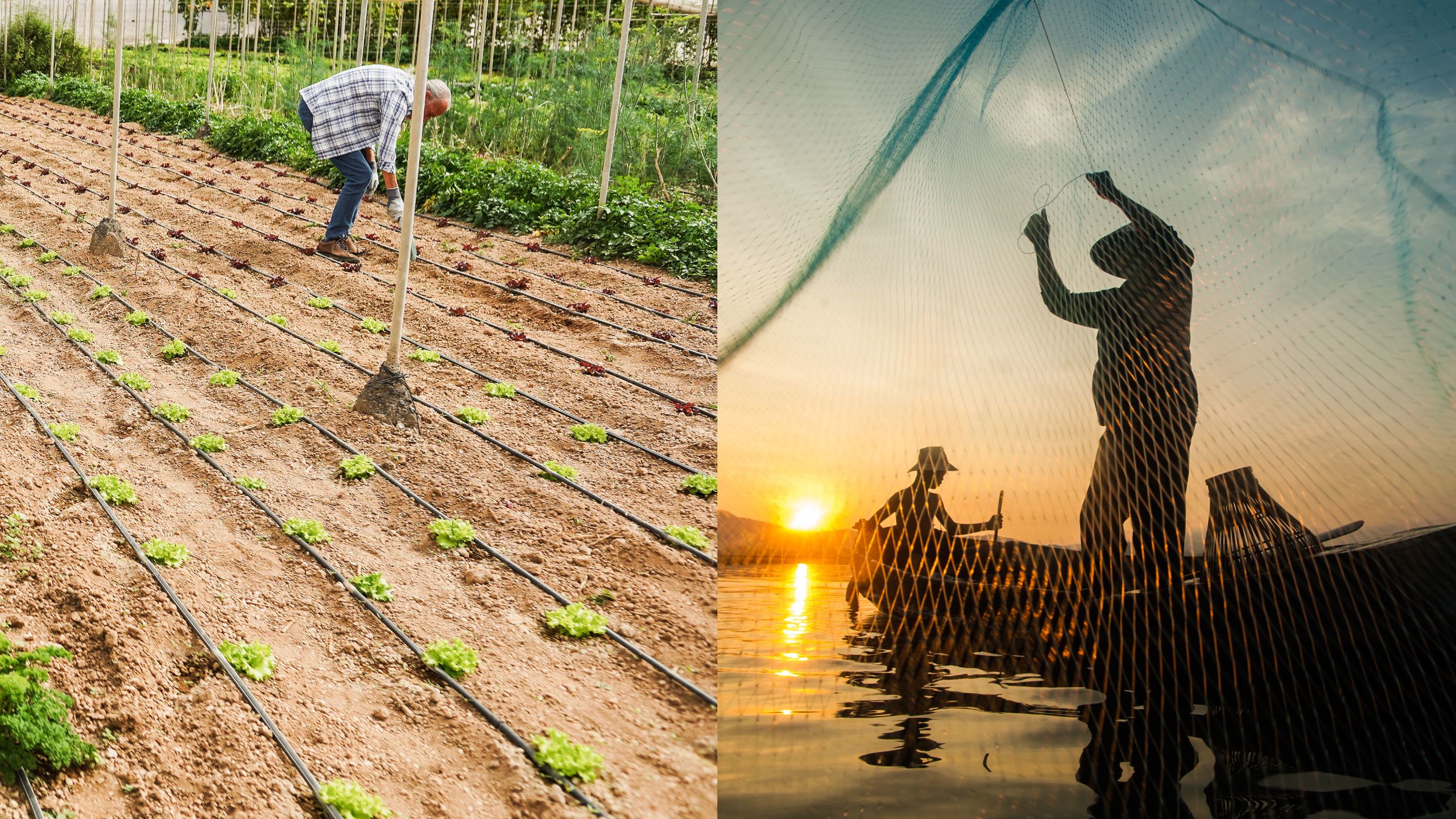
THE URGENCY AND OPPORTUNITY
If we want to achieve global climate, biodiversity, and food security targets—and if we are serious about food systems transformation—we estimate that at least a tenfold increase in current annual philanthropic, public, and private investments will be necessary to support the transition to agroecology and regenerative approaches.
The hidden cost of current industrial food systems globally is at least $12 trillion (all figures are in $USD) per year. These externalities, which represent 10% of global GDP, are borne by the public sector. They include the exorbitant and growing cost of hunger and malnutrition, environmental damage, lost worker productivity, and health care. According to the World Bank, this costly system is propped up by $635 billion in annual global agricultural subsidies, $385 billion of which are considered distortive and result in harmful environmental outcomes.
Policy, research, governance, funding, and financial flows need to shift from the most harmful practices: chemical-intensive mono-crop agriculture, industrial meat and fish production, and producing and packaging ultra-processed foods. Instead, deep and structural change needs to be incentivized, with a focus on supporting the farmers, fishers, landscape leaders, and organizations driving the change.
This call for transformation is nothing short of ambitious. Philanthropic partners supporting this initiative align around a shared ambition: to catalyze a transition to 50% regenerative and agroecological food production by 2040, and 100% by 2050.
THE COST
- $12.7 trillion - The annual cost of damages to our health, the environment, and society caused by industrial food systems. (FAO, 2023)
- $250-430 billion - The annual cost to transition to agroecological and regenerative food systems.
MONEY IN THE SYSTEM
- $635 billion - Annual global agricultural subsidies
- $385 billion - Portion that is distortive & harmful
CURRENT INVESTMENTS TO REGENERATIVE AND AGROECOLOGICAL APPROACHES:
- $44.2 billion - Total Annually
The cost of transition is high, but the cost of inaction is
much higher
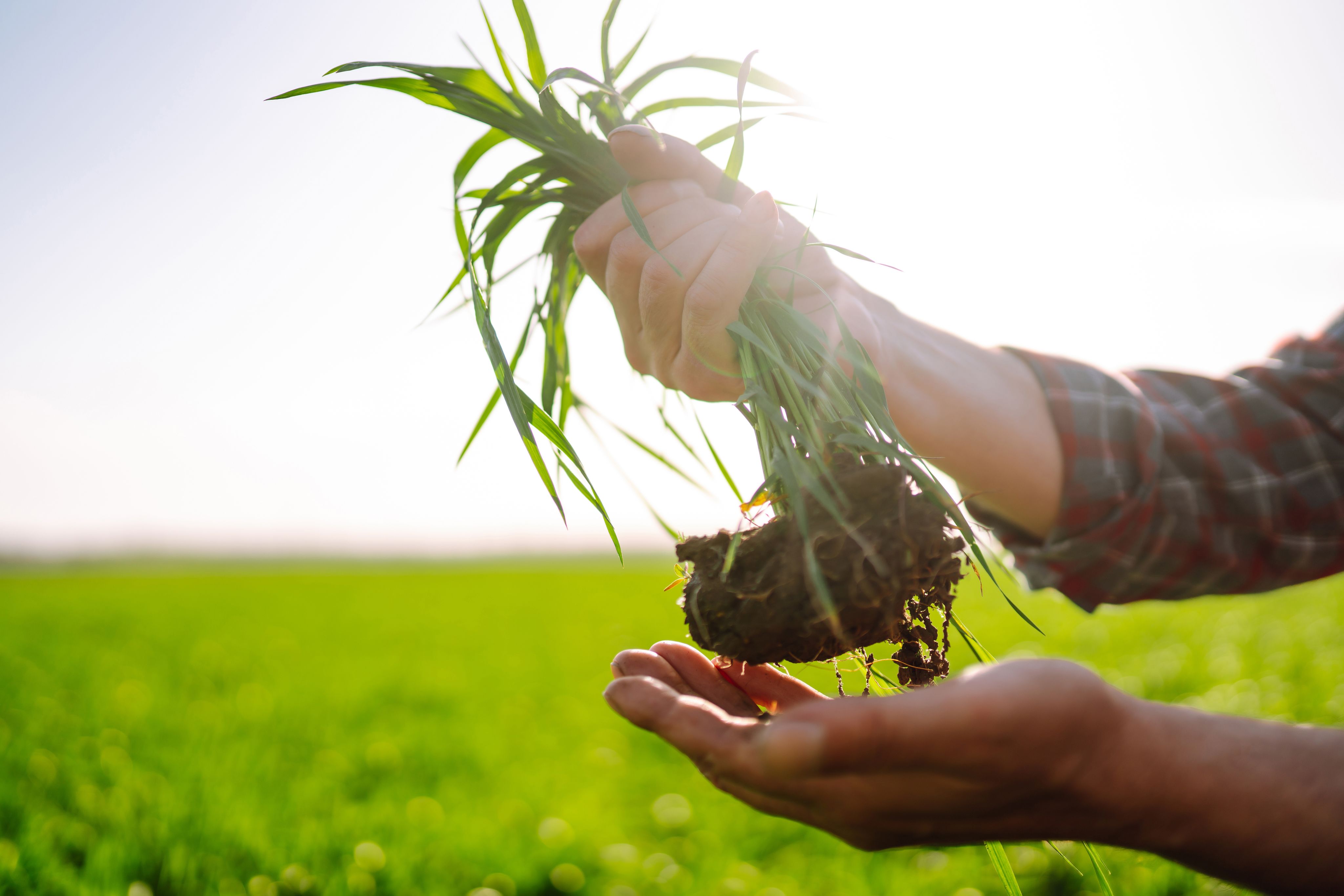
A RAPID REDIRECTION OF FUNDS
To determine the investment needed to support a transition to agroecology and regenerative approaches—and what is already being invested—this initiative conducted an independent analysis using public databases, desktop research, and stakeholder interviews. It estimates annual transition costs to be $250 to $430 billion, which is notably less than current agricultural subsidies.
Current investments in this transition are estimated at $44 billion per year, with many farmers, fishers, food producers, organizations, governments, and companies supporting agroecology and regenerative approaches. Philanthropy recognizes the urgency to shift financial flows and is also invested in this transition, contributing an estimated $300 to $700 million annually.
In summary, funds are flowing but not enough, and tools to assess these investments are not being utilized to the extent necessary. It is not enough to shift financial flows, power dynamics and vested interests holding back change must also be addressed. Local self-determination and participatory, democratic local governance of funding and financing structures are critical to ensure current and historic uneven power dynamics are not replicated.
"In producing this report, it became ever more clear that while the cost to transition to a food system grounded in these principles may seem high, that cost is dwarfed by the true toll of our current system. We found that a tenfold increase in funding for regenerative and agroecological approaches could finance this transition and address these urgent global environmental challenges."
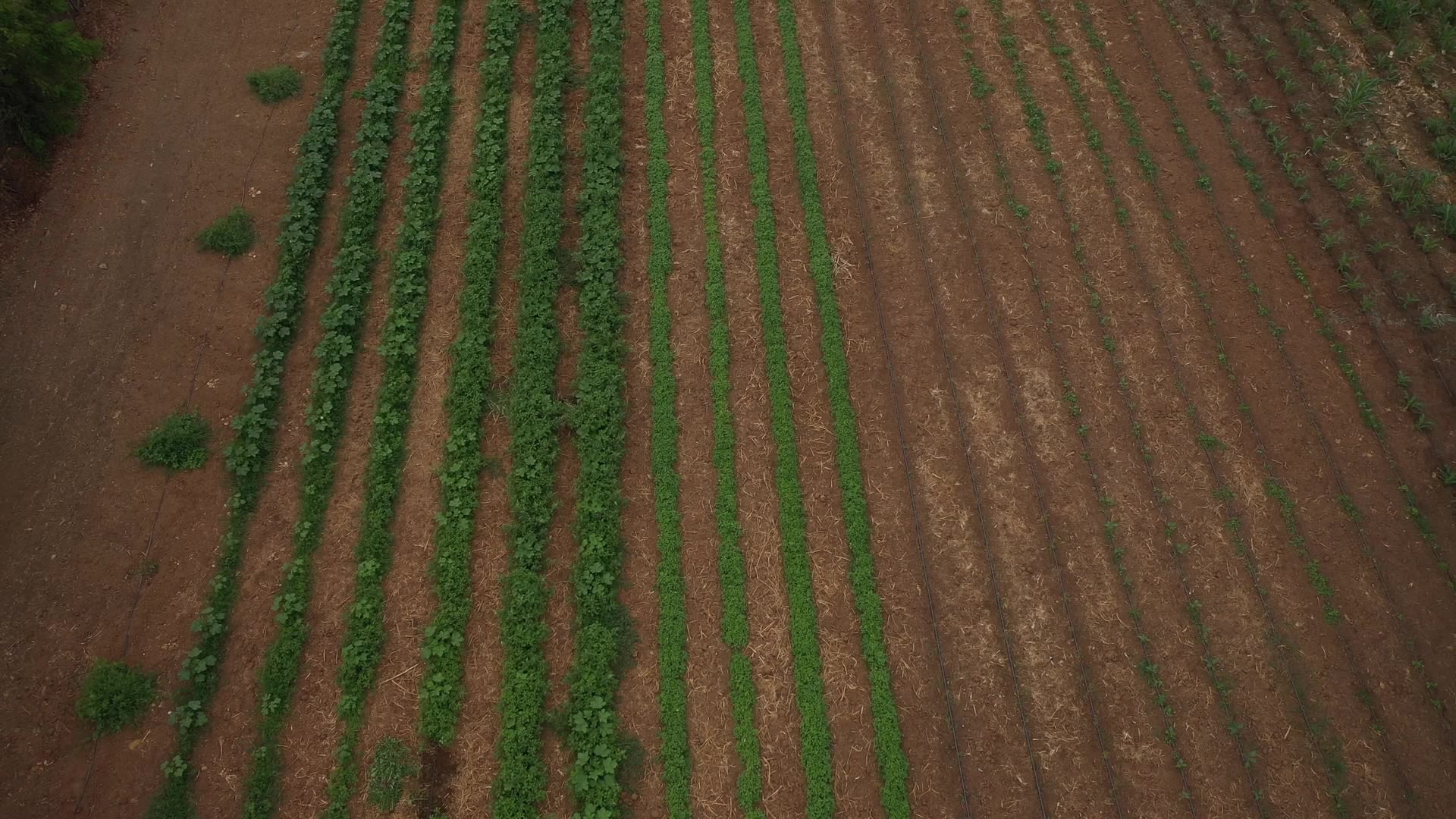
MAPPING THE ANNUAL COSTS TO TRANSITION
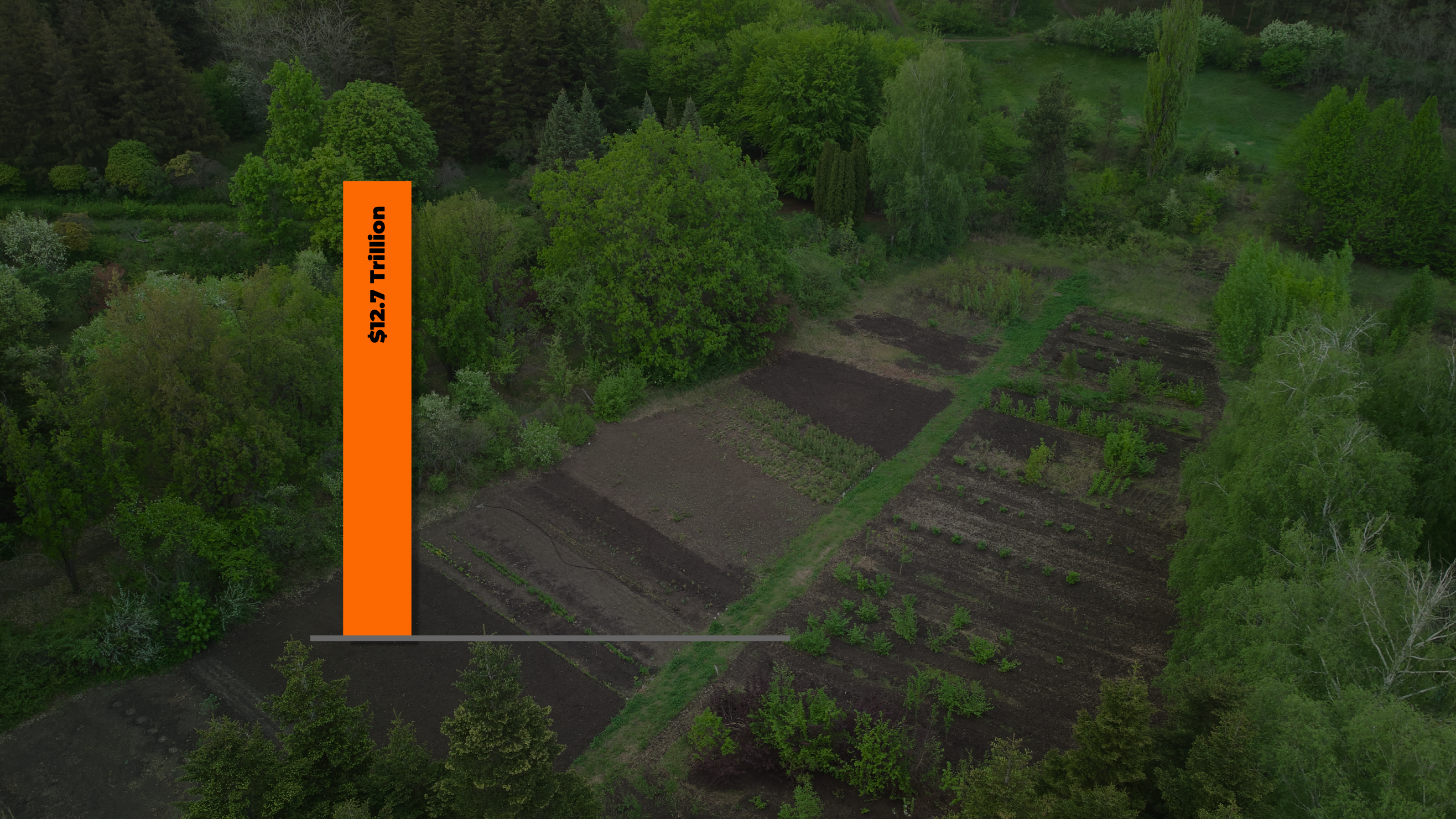
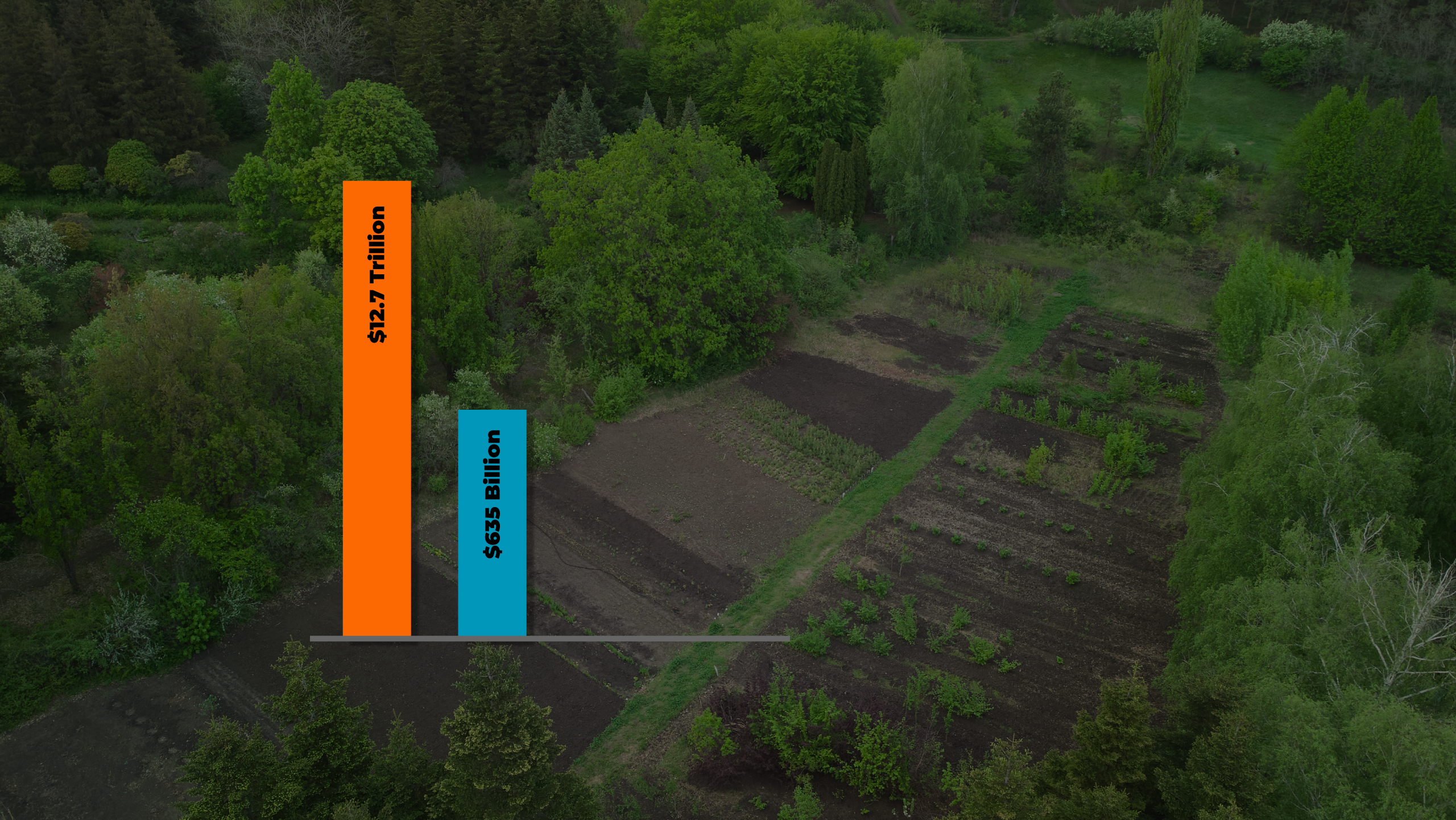
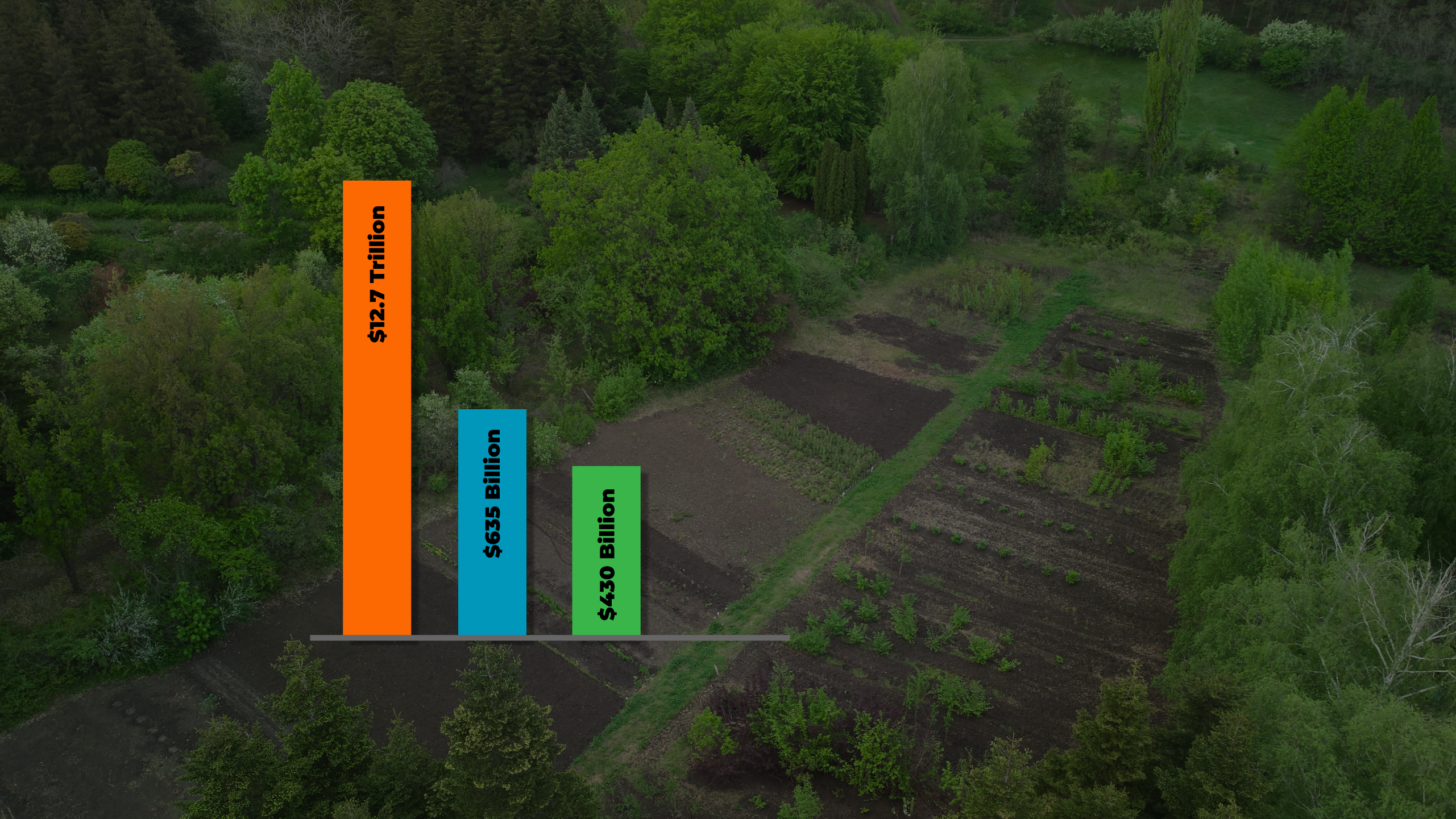
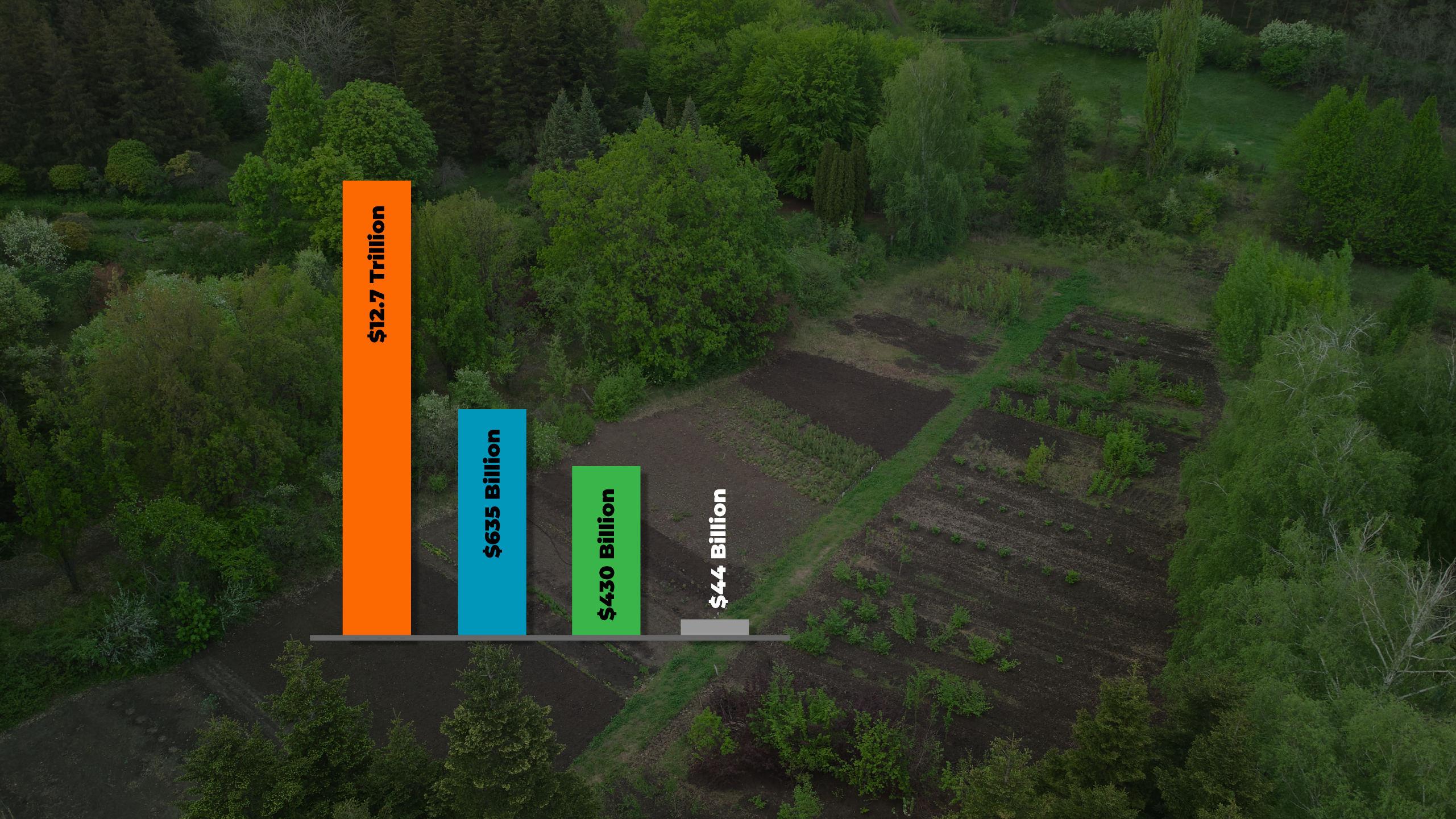
$12.7 Trillion
Cost to our health, the environment, and society caused by industrial food systems
$635 Billion
Agricultural subsidies provided, over half of which are distortive & harmful
$430 Billion
The cost to transition to agroecological and regenerative food systems
$44 Billion
Current funding for agroecological and regenerative systems.
CASE STUDIES
THE POTENTIAL & POSITIVE IMPACTS OF AGROECOLOGICAL & REGENERATIVE APPROACHES - FOUR TRANSITION SNAPSHOTS
Philanthropy, using a wide variety of strategies and tactics, has an important role to play across the transition life cycle. Although case studies about agroecology and regenerative approaches are plentiful, detailed data and evidence about on-the-ground transition costs are limited.
The following snapshots from around the world illustrate the potential and positive impacts of catalytic investments supporting regenerative and agroecological transitions.
ANDHRA PRADESH, INDIA
COMMUNITY MANAGED NATURAL FARMING (APCNF)
A state-wide agroecology program transforming the farming practices of 6 million farmers that account for 6 million hectares of farmland and 50 million consumers.
COST OF TRANSITION
- $200-350 per farmer over the next 5-8 years.
- 80% of the cost requirement is spent on training, monitoring and measurement.
OUTCOMES ACHIEVED:
- Increased crop diversity: APCNF farms showcased greater crop diversity, averaging 4 crops per year versus the 2 on conventional farms.
- Increased yields: Yields of primary crops on APCNF farms, including paddy rice, maize, millet, finger millet, and red gram increased by an average of 11%.
- Higher incomes: Incomes of APCNF farmers increased by 49%, largely due to a 44% reduction in input costs.
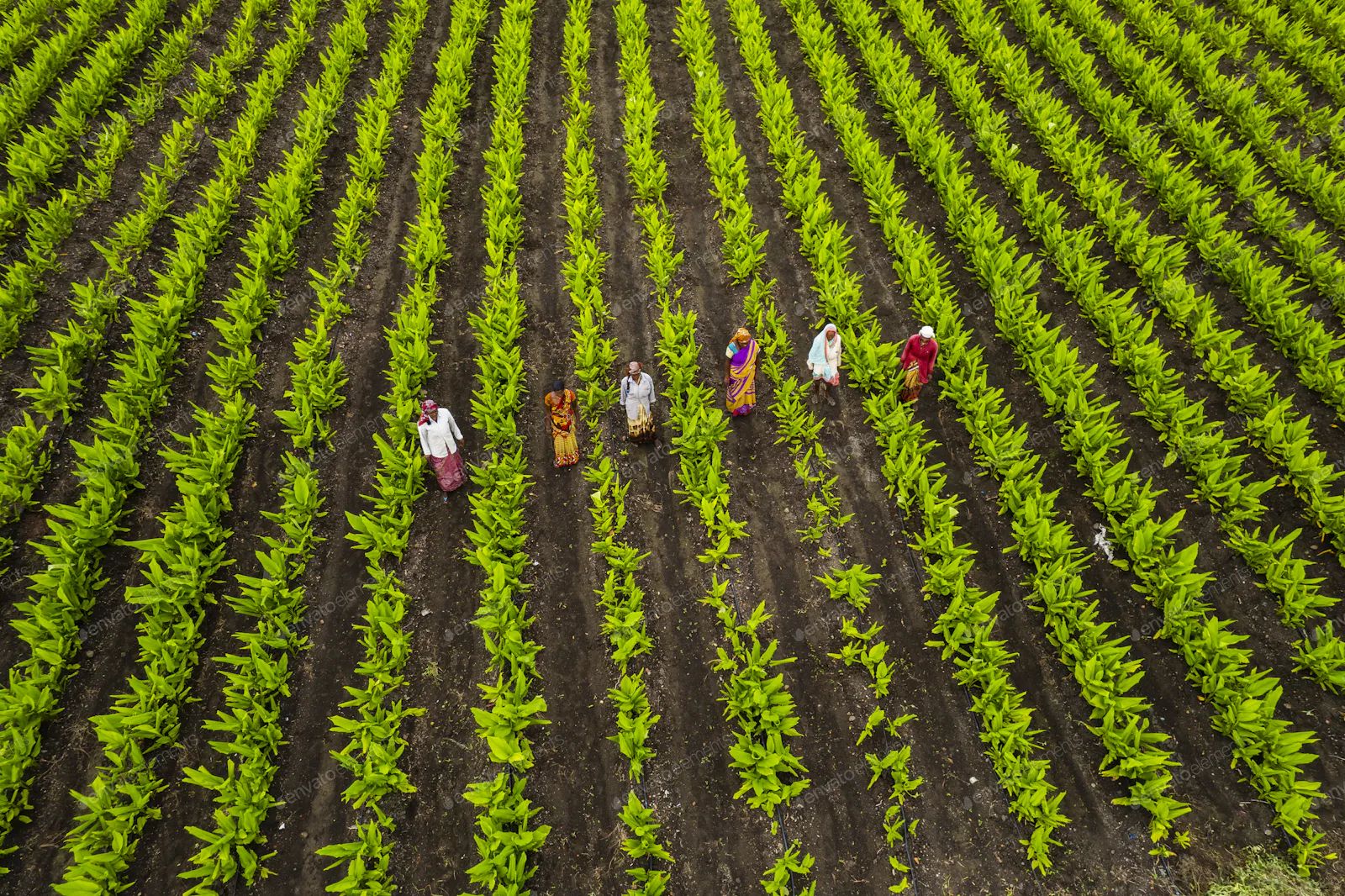
KANSAS, USA
REGENERATIVE FARMING AMONG WHEAT FARMERS
Large-scale wheat farmers in Kansas implemented new farm and land management practices (e.g., crop rotation, reduced tillage, cover cropping, and pesticide reduction) enabling regenerative outcomes (e.g., improvement in soil health, increased water retention, and crop performance).
COST OF TRANSITION
- During the transition period (3-5 years), farmer profits typically decline up to 60%, due to lower crop yields and the added cost of seeds and new machinery.
OUTCOMES ACHIEVED:
- Input reduction: Certain farmers achieved a remarkable 50% decrease in fertilizer usage and up to 75% reduction in pesticide application.
- Increase in profitability: Once farmers reach a steady state of regenerative practices, profitability is forecasted to increase by 70-120% per year over a timeframe of 6-10 years.
- Return on investment (ROI): Compelling long-term business proposition; regenerative practices offered farmers a 15-25% ROI over 10 years, as the increase in incomes over the long term offsets the short-term profit loss during the first few years of transition.
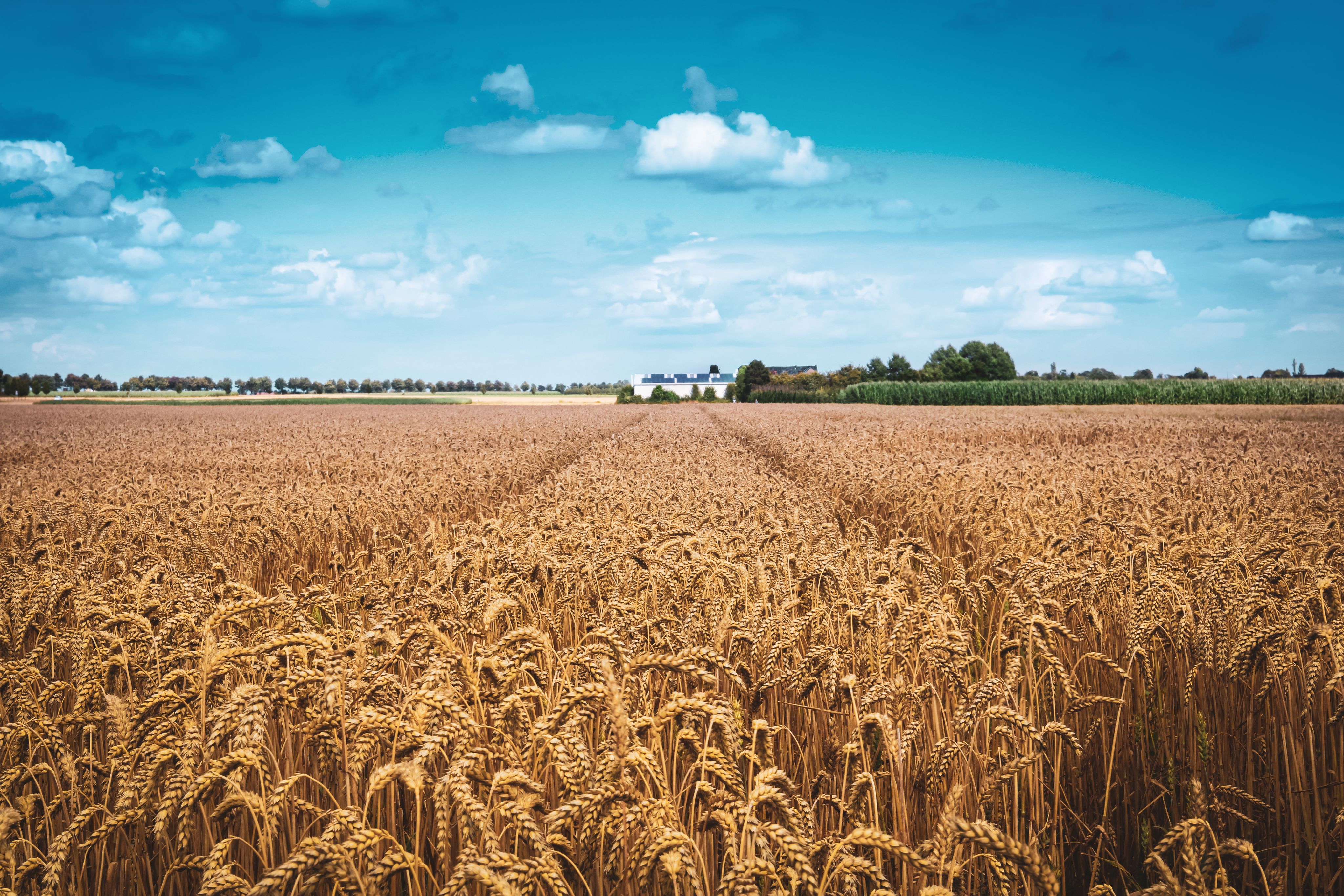
KENYA
REGENERATIVE FARMING AMONG SMALLHOLDER FARMERS
Farmer-led grain aggregator enterprise working with 15,000 smallholder farmers to build resilience through the adoption of regenerative practices such as intercropping, reducing tillage and agroforestry.
COST OF TRANSITION
- On-farm cost of USD $126 per hectare per year.
- The transition period is 3-5 years.
OUTCOMES ACHIEVED:
- Increase in yields: Farmers witnessed a significant increase in yields over 3-5 years, up to four times the yield obtained through conventional farming.
- Reliable purchaser: Farmers work with aggregators, as there is a guarantee/contract in place to reduce risk of revenue/income fluctuation for farmers.
- Infrastructure services: Community infrastructure such as storage facilities and equipment used for regenerative practices is provided by the enterprise.
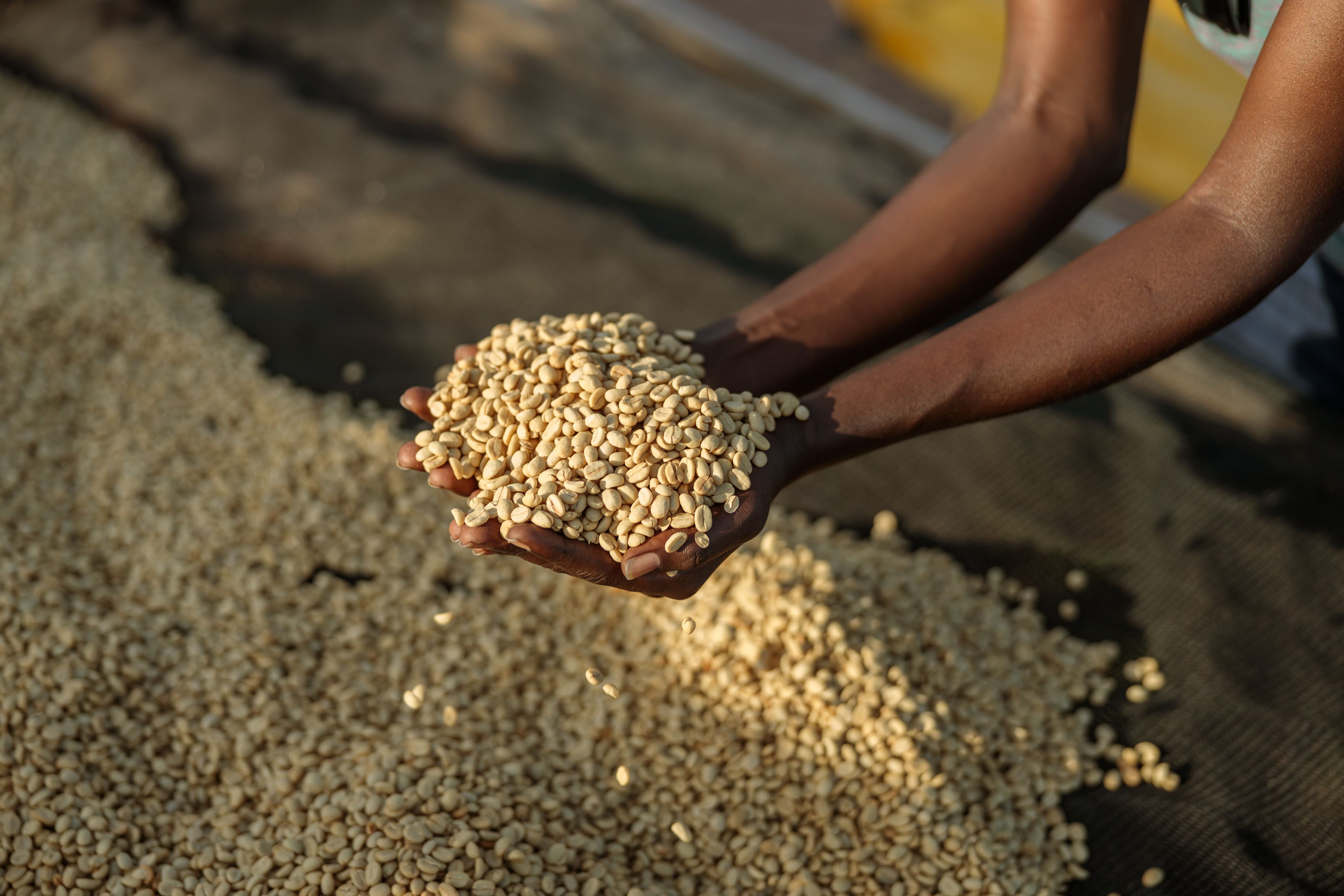
BRAZIL
SUSTAINABLE FARMING FOR A LARGE BEEF FARMER IN THE AMAZON
The case study evaluates the transition of a beef farm in Brazil’s Amazon to sustainable agricultural practices.
COST OF TRANSITION
- On-farm cost of USD $476 - $672 per hectare per year during the transition.
- The transition period is 3 years.
OUTCOMES ACHIEVED:
- Increase in income: Farmers witnessed a 130% increase in income over 3 years.
- Increase in productivity: Beef productivity increased by 5.7%, rising from 228-241 kg of live weight sold per hectare (503 to 531 pounds per 2.5 acres).
- Pastureland rejuvenation: The initiative led to the successful recovery of previously degraded pastureland.
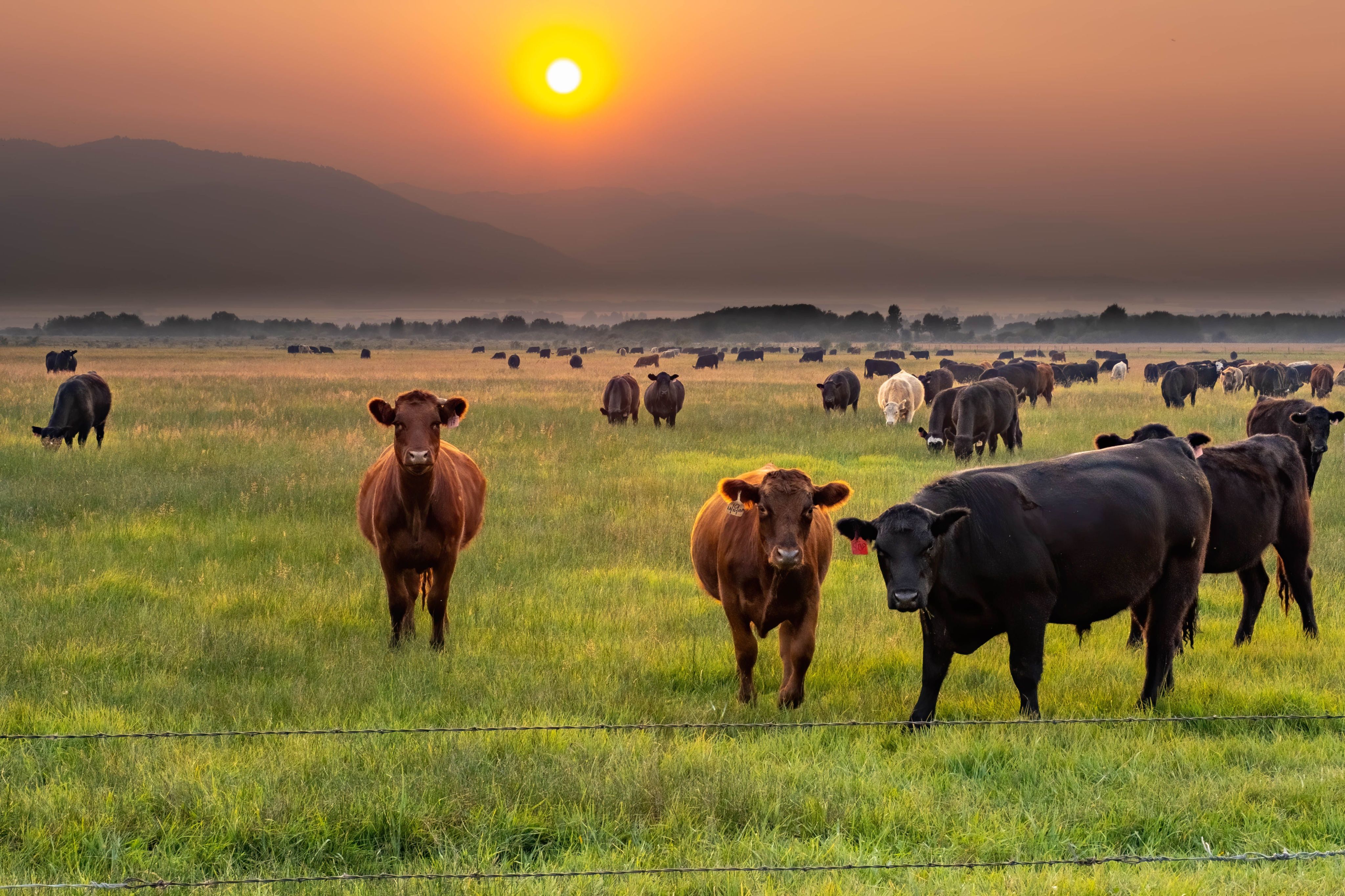
ALIGNING AND LEVERAGING PHILANTHROPIC LEADERSHIP
This collaborative of 25 philanthropic partners, and growing, aims to leverage investments to unlock new funding and financial flows to accelerate the transition to regenerative and agroecological practices to address some of the most critical issues of our era: growing hunger and food insecurity, inequality, the climate crisis, and biodiversity loss.
These partners have aligned around a shared ambition: to catalyze a transition to 50% regenerative and agroecological systems by 2040, and to ensure all agriculture and food systems are transitioning by 2050. This ambition is essential if we want to meet global climate, biodiversity, and food security targets and align with emerging government sustainability targets.
Together, these philanthropic partners aim to coordinate funds and resources to support transitions at scale in regions where they are deeply invested, as well as identify additional countries where regenerative and agroecological transitions are taking hold and where additional support could be catalytic.
Given the critical global challenges related to food systems and the need for rapid transformations at scale, we need to ensure philanthropic strategies promote collaboration and synergistic efforts versus strategies that are duplicative and disconnected from communities.
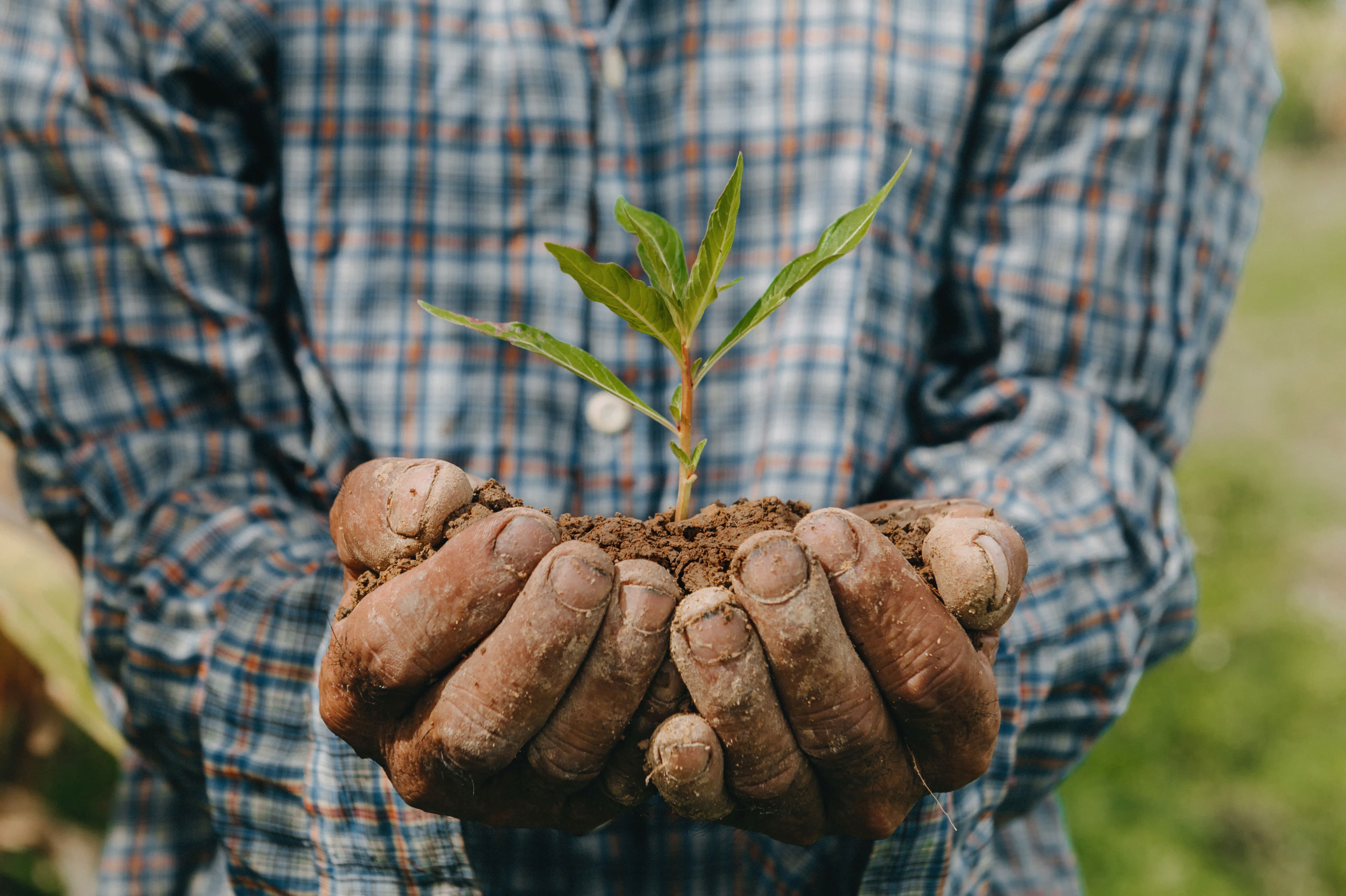
PROMOTING COLLABORATION AND SYNERGY
The Global Alliance for the Future of Food spearheaded a collaborative effort by convening partners from philanthropy and civil society to develop a shared vision and plan for action aimed at strengthening and accelerating the regenerative, agroecological transition.
This initiative recognizes that the speed of transformation accelerates significantly when multiple philanthropic foundations work together with partners to plan connected, long-term strategies. By bringing together diverse stakeholders, we are fostering the development of coordinated action mechanisms that enable a more cohesive approach to addressing the challenges of transitioning to regenerative and agroecological practices.
Central to this effort is the emphasis on supporting regional coordination, recognizing that localized solutions are essential for addressing the unique challenges and opportunities faced by different communities and ecosystems. The Global Alliance advocates for moving from a project-based approach to a systems approach, recognizing the interconnectedness of various elements within the food system and the need for holistic solutions.
Philanthropy can align to scale and mobilize additional donors through their national–global influence as well as catalyze creative investment vehicles to drive market and ecosystem changes on the ground by filling the public/private sector funding gaps to enable landscape-level transformation.
The Global Alliance for the Future of Food calls on more investors to join this collaborative effort, recognizing the importance of collective action in driving positive change in the food system.
"Evidence from around the world has shown that agroecological transitions result in a cascade of positive results, from stable yields, crop resilience and higher incomes for farmers, fishers, and food producers to improved nutrition, food security and enhanced biodiversity."
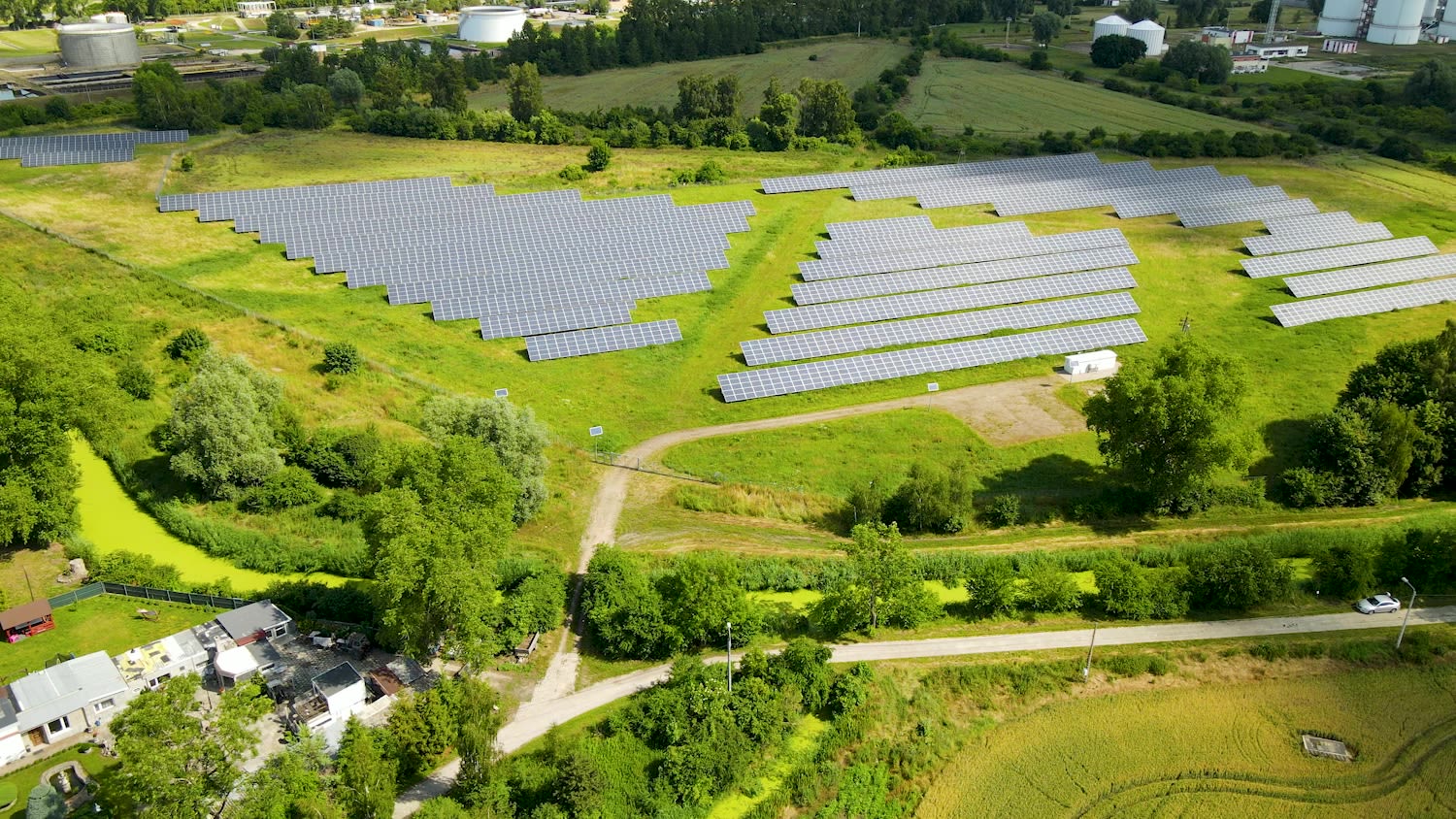
CATALYZING ACCELERATION AND SCALE
Through a year-long co-design process with partners on the ground in key geographies and who have long histories of supporting landscape transitions, we have identified key principles for what we what to achieve and how to do that together. While co-design processes take time, it is important to ensure that actions taken are contextually relevant and impactful, leading to higher success and implementation rates. Importantly, co-design processes also surface existing initiatives that can be supported and scaled across all levels and levers, prioritizing coordination and amplification over duplication.
PRINCIPLES FOR WHAT WE WANT TO ACHIEVE INCLUDE:
- Prioritize transformation: Focus on catalyzing deep regenerative and agroecological approaches by matching strategies and funds across the transition life cycle, from incremental to transformational.
- Participatory and inclusive: Center the needs and perspectives of land stewards, indigenous communities, local cooperatives and institutions, and marginalized communities.
- Outcome-focused flexibility: Emphasize transparent outcomes, allowing for local adaptation.
- Catalytic funding: Target opportunities with strong and holistic returns on investment and additionality; bolster innovation through institutions and inventive approaches.
PRINCIPLES FOR HOW WE WORK TOGETHER INCLUDE:
- Foster locally-led adaptation: Adopt principles developed by the International Institute for Environment and Development.
- Promote power shifting to local leadership and organizations: Ensure all stakeholders, including farmers, indigenous communities, and grassroots organizations, are involved in acceleration strategies.
- Amplify, don’t duplicate: Coordinate and amplify existing efforts, avoiding duplication.
- Uphold diverse evidence and holistic outcomes: Base decisions on quantitative and qualitative case studies and data-driven insights.
- Multisectoral collaboration: Encourage collaboration across sectors, bridging the gap between agriculture, fisheries, health, environment, and more for holistic impact.
EMERGING ACCELERATION AND SCALE IDEAS
This collaborative philanthropic initiative will support ecosystem coordination and shift more capital— philanthropic, public, and private—toward the drivers of systems change. Philanthropy can align to scale and mobilize additional donors through their national–global influence, as well as catalyze creative investment vehicles to drive market and ecosystem changes on the ground by filling the public/private sector funding gaps to enable landscape-level transformation.
The following initial and preliminary acceleration and scale ideas have emerged through the co-design process:

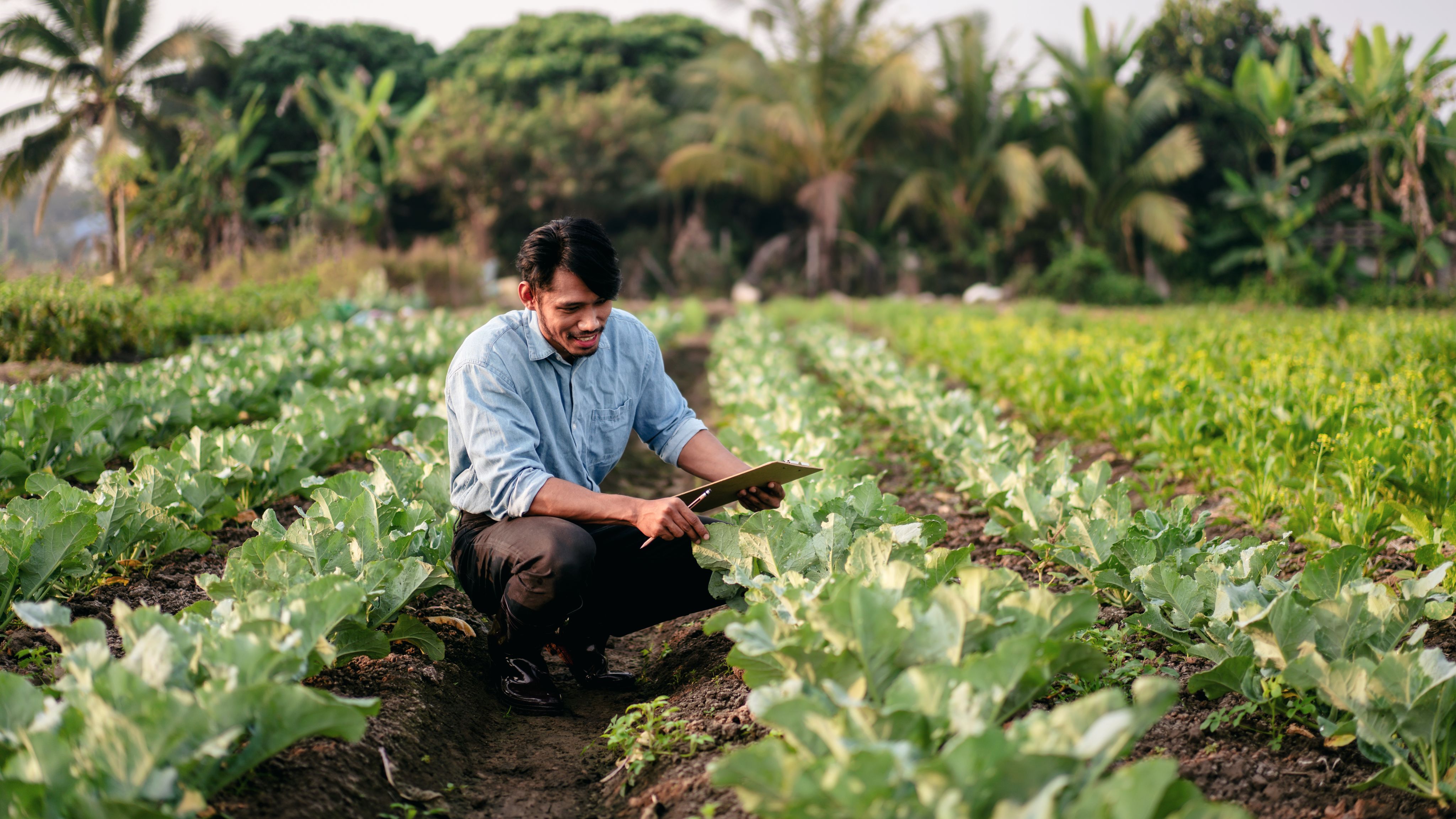
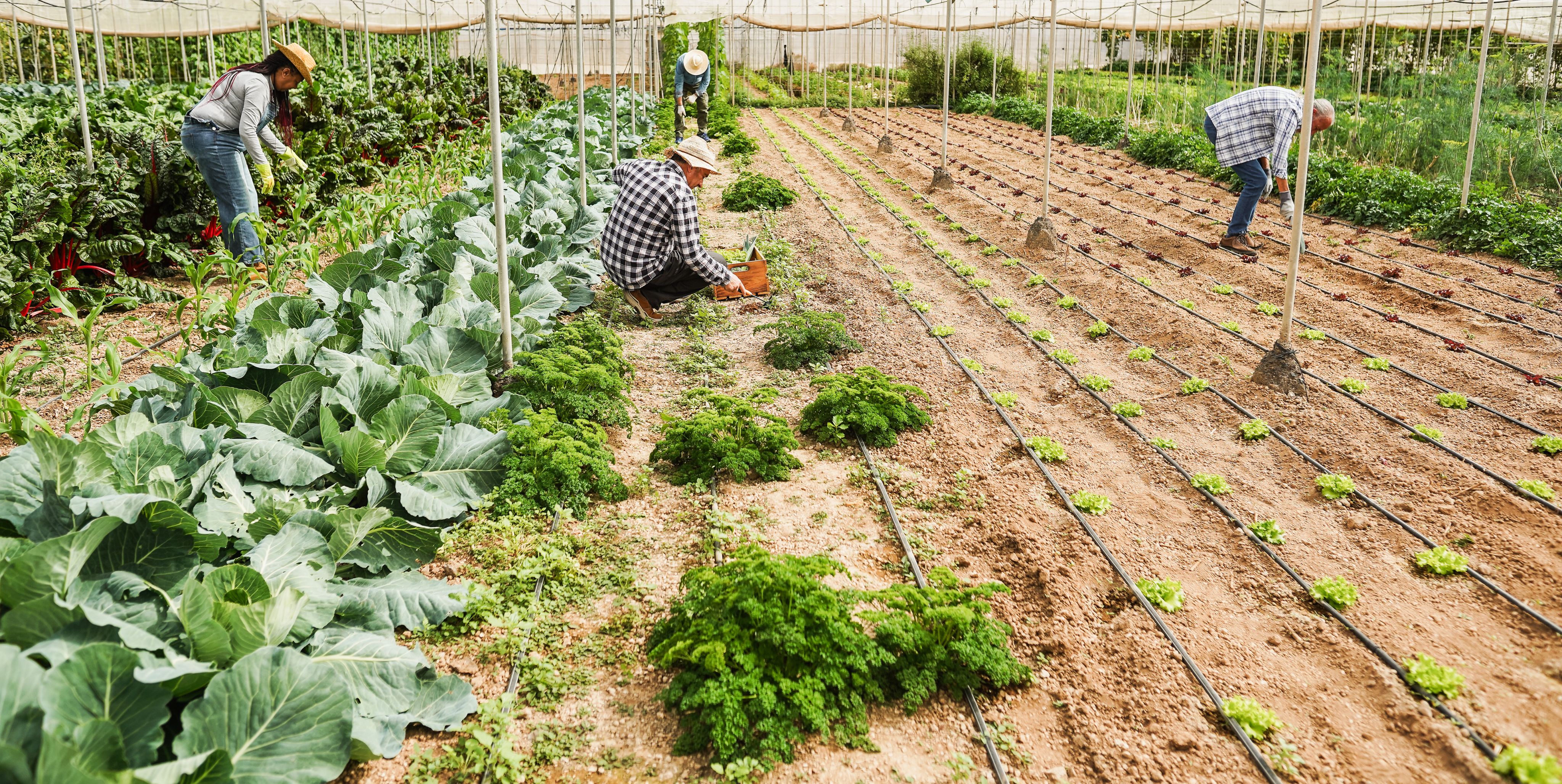
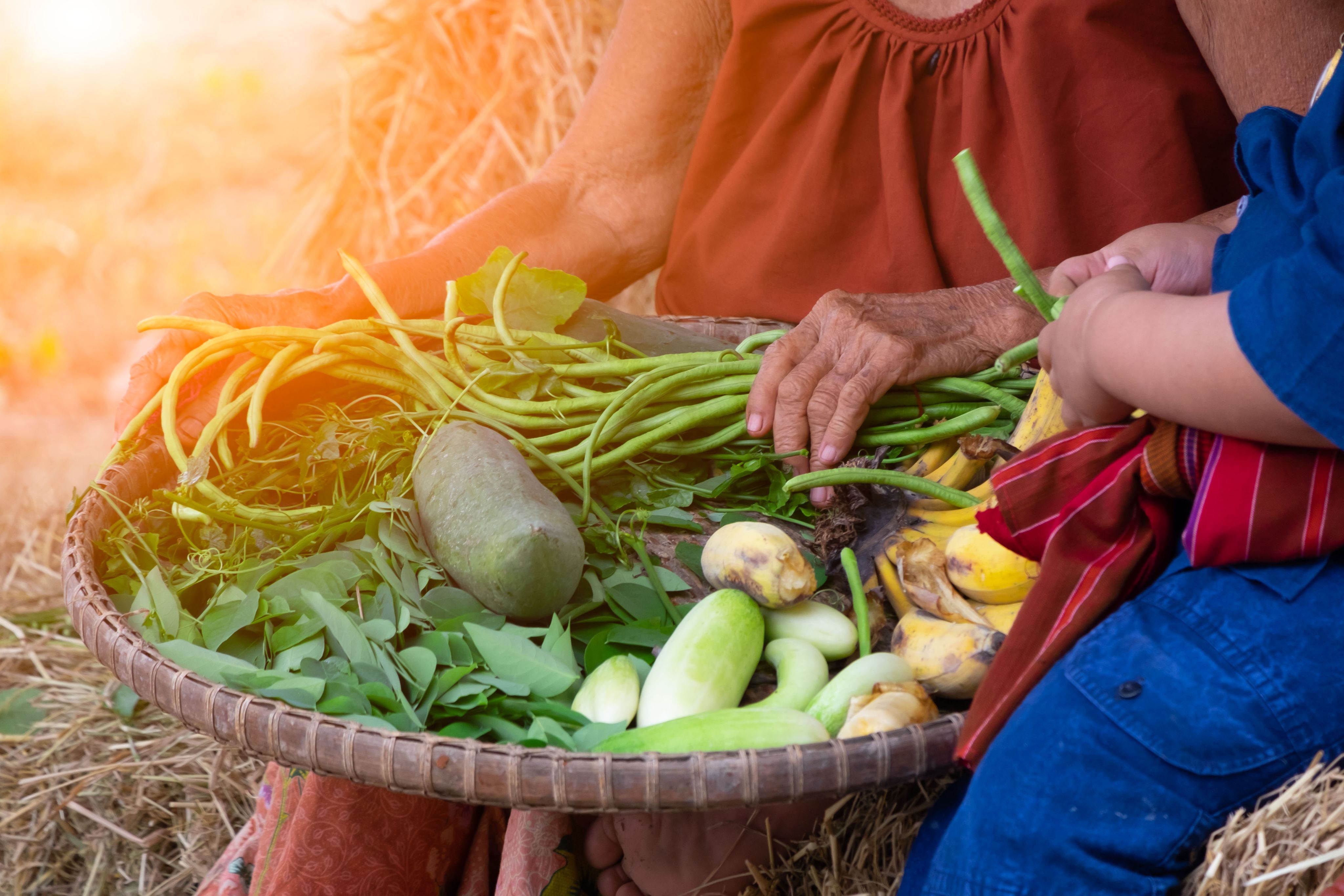
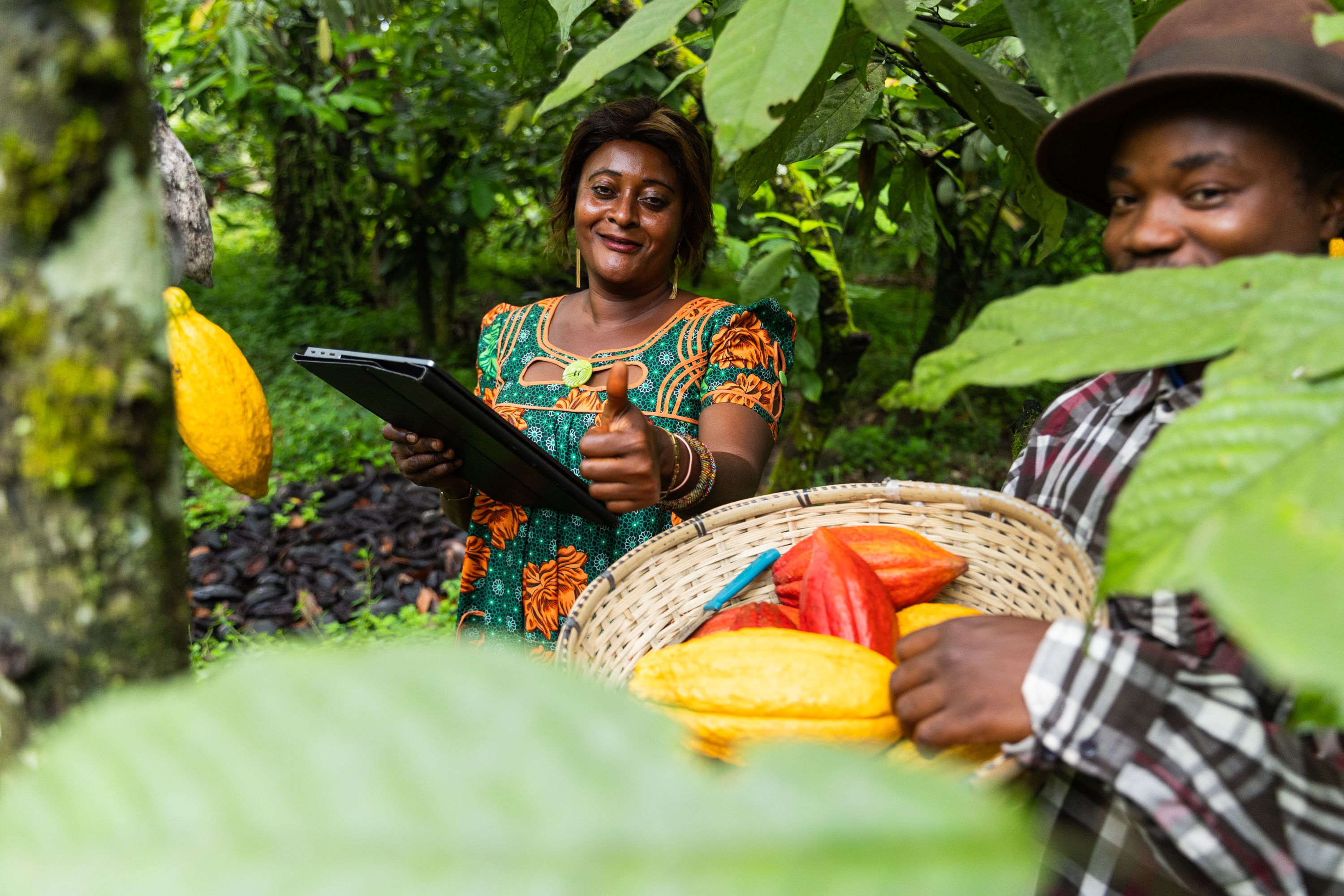

Ecosystem Coordination
Coordinate in regions & across ecosystems, uplifting voices of the traditionally marginalised land stewards and identifying priority areas for action.
Systems-Level Implementation
Increase capital, capacity, and technical assistance for transitioning farmers and support for scaling of existing technologies and practices.
Finance and Funding
Connect, support, and develop financing channels and ecosystems that enhance local and national level organizations' access to funding and financing.
Policy, Advocacy & Communications
Addressing threats and barriers that address lock-ins and promote participatory and democratic local food governance systems that shift narratives, policies, and subsidies that lock in the status quo.
Market Development
Support circular and local economies that improve consumer access and generate demand via private and public sector purchasing.
Research, Data & Evidence
Increase availability and access of relevant data and insights to inform best practices and policies and address evidence gaps, narratives, and mindsets.
There is no time to wait.
Our Call To Action is to catalyze a transition to 50% agroecological and regenerative systems by 2040 and to ensure all agriculture and food systems are transitioning by 2050.
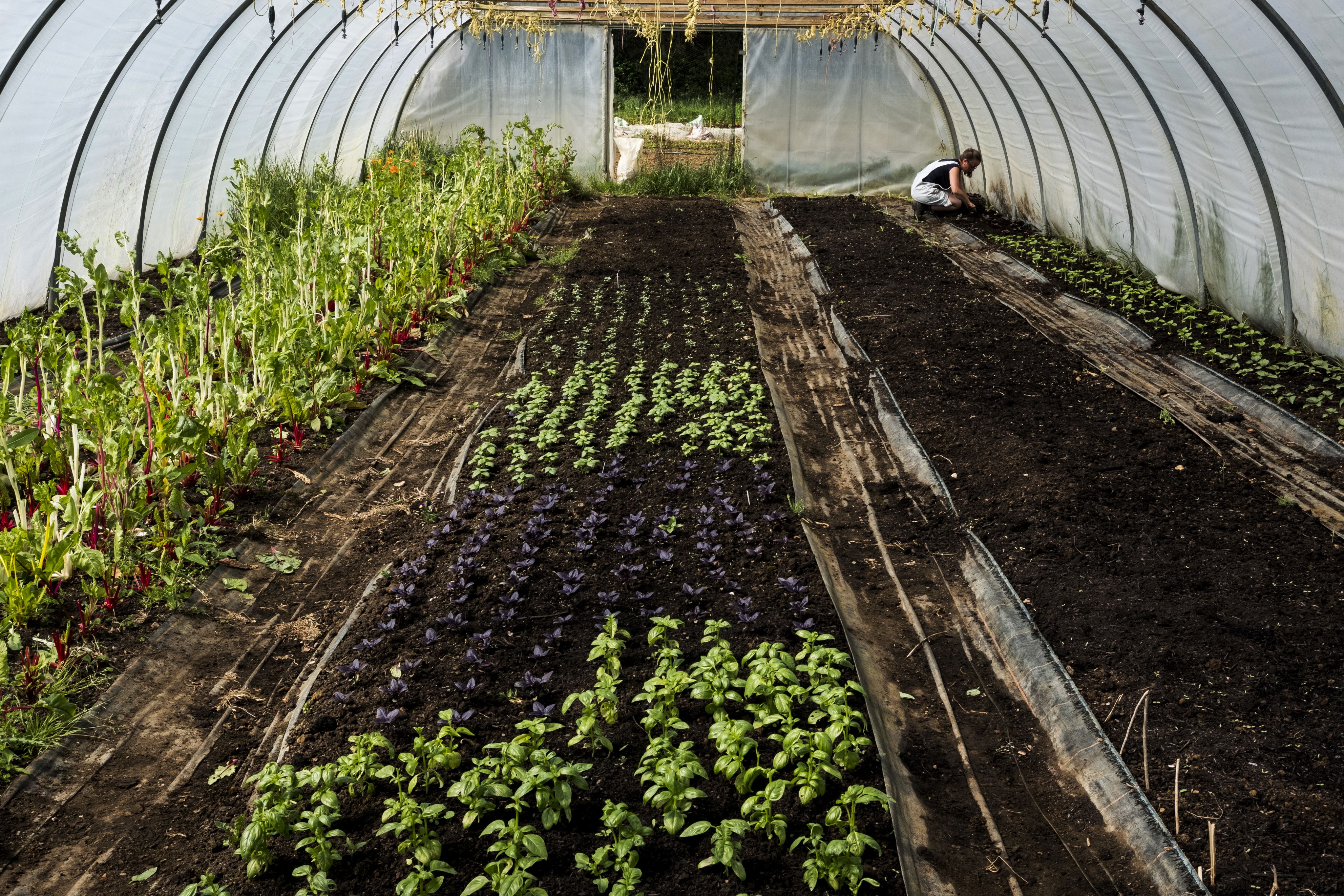
We know that transformation is multi-dimensional, multi-faceted, multi-level, multi-sectoral, multi-national, and augmentative.
The transformation will require multiple interventions coming together to generate mammoth changes in global systems. Facilitating convergence around shared visions and values and building critical mass and momentum toward tipping points is crucial.
Philanthropy has a role to play in connecting and coordinating to support and enhance the many collaborations, alliances, and movements aiming to accelerate regenerative and agroecological approaches.
Our call to action is to catalyze a transition to 50% regenerative and agroecological systems by 2040 and to ensure all agriculture and food systems are transitioning by 2050. This requires a tenfold increase in current annual philanthropic, public, and private investments for regenerative and agroecological transitions to address urgent global agricultural and environmental challenges
Find out more about the Global Alliance for the Future of Food
Imagery sources from Evanto Elements
The Global Alliance for the Future of Food led the co-design and engagement process to develop this document with support from Dalberg Advisors, Pollination, and Presencing Institute.
It is intended for use by Global Alliance members and partners to stimulate discussion about critical issues related to food systems transformation and climate change, and to help guide collective action. The Global Alliance has chosen to make it available to the broader community to contribute to the discussion about sustainable food systems reform. It constitutes the work of independent authors; any views expressed in this document do not necessarily represent the views of the Global Alliance and any of its members.
Copyright © Global Alliance for the Future of Food, 2024. This work is licensed under a Creative Commons Attribution–Non-Commercial 4.0 International License.
